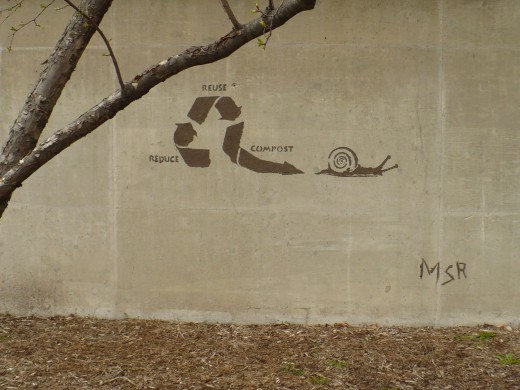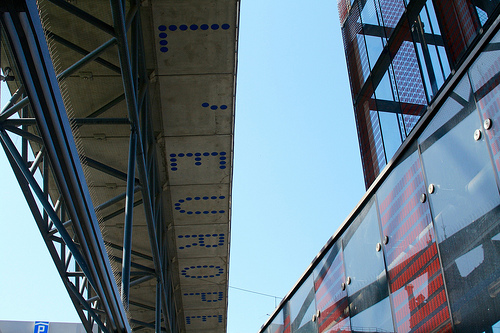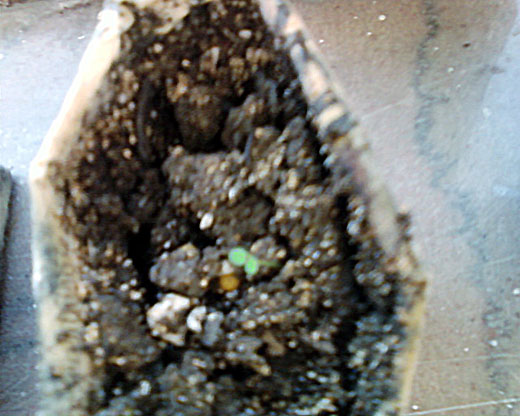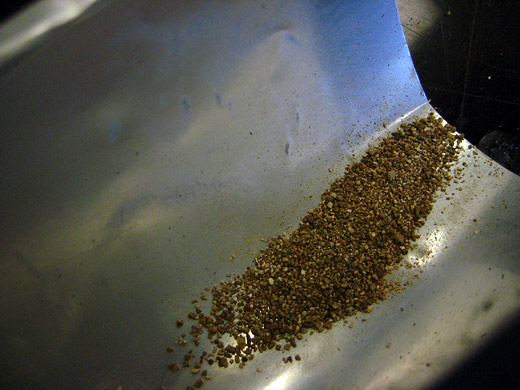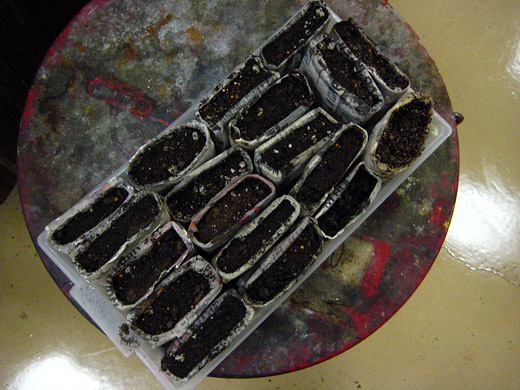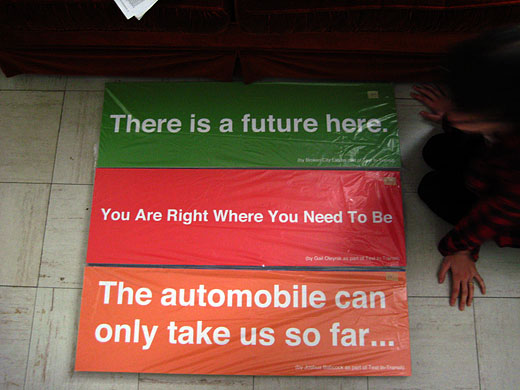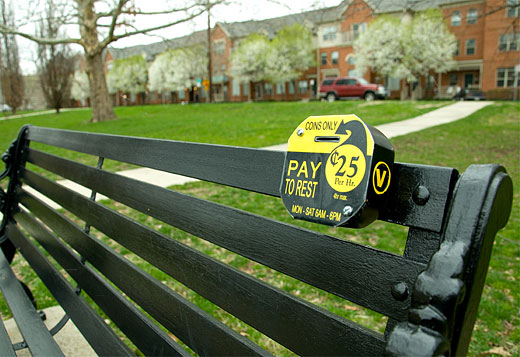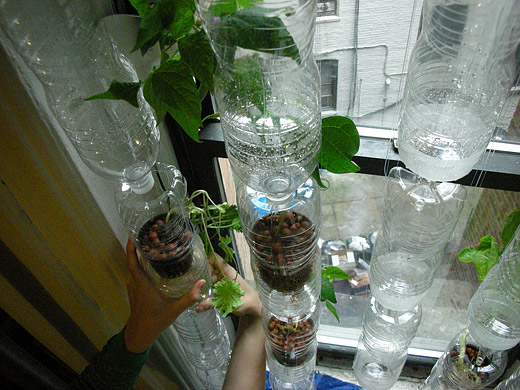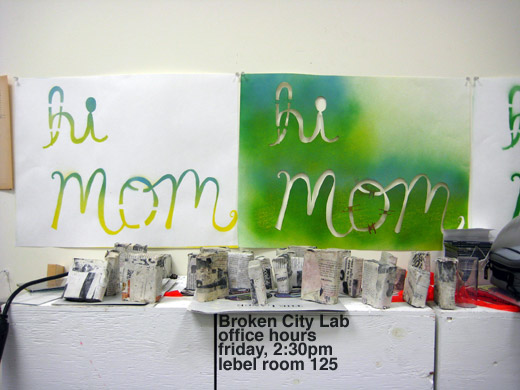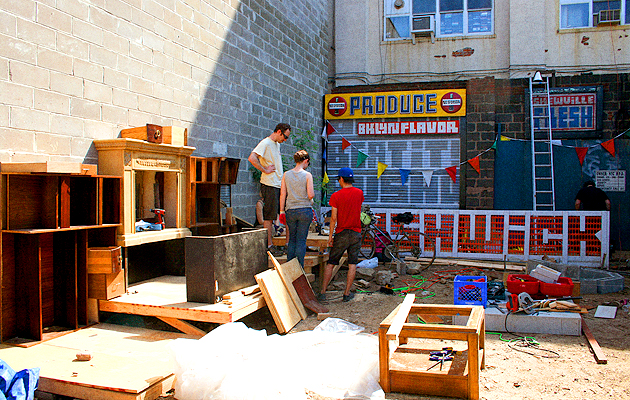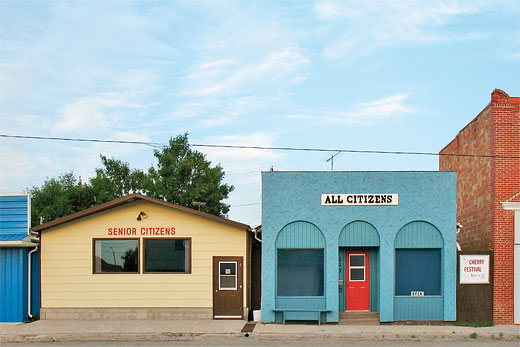
I spent a good part of my afternoon today reading through the blog archives of All Citizens, an artist-owned shop and periodic performance/art venue in Bruno, Saskatchewan (90km east of Saskatoon, population 495, as of the 2006 census). Two Vancouver artists, Serena McCarroll and Tyler Brett, evidently purchased the building for $6500, and they keep it open as a shop one day each week (Saturdays) in addition to maintaining a farily active events calendar. Because one can do that.
This bears repeating: one can do that.
Spaces are exciting. The same empty building or floor can be, depending on the occasion, a gallery, a shop, a cafe, a meeting place, a performance venue, a studio—a lab, if you will. Places like Load of Fun in Baltimore are exciting; Chicago’s apartment galleries are exciting; BCL’s space downtown this month is exciting; the forthcoming storefront exhibitions for Windsor’s Visual Fringe Fest—despite the unfortunate association with fringe theater—will no doubt be exciting (I did one last year, and I may yet do another one before I pack it out west, this summer).
Now, there aren’t quite buildings to be had in Windsor for $6500, but I happen to know—because trawling real estate listings is one of my stranger hobbies—that there are vacant commercial properties available in this city for the same cost one might pay for a new car. In fact, if I was going to be staying in Windsor past July (I am not), I would be sorely tempted to make an offer on this cigar shop downtown (on Ouellette between Park and Wyandotte), which is listing for $25k. To put that into human terms, a mortgage on the place would be comparable to what many people pay each month for cable television.
I mean, really now.


